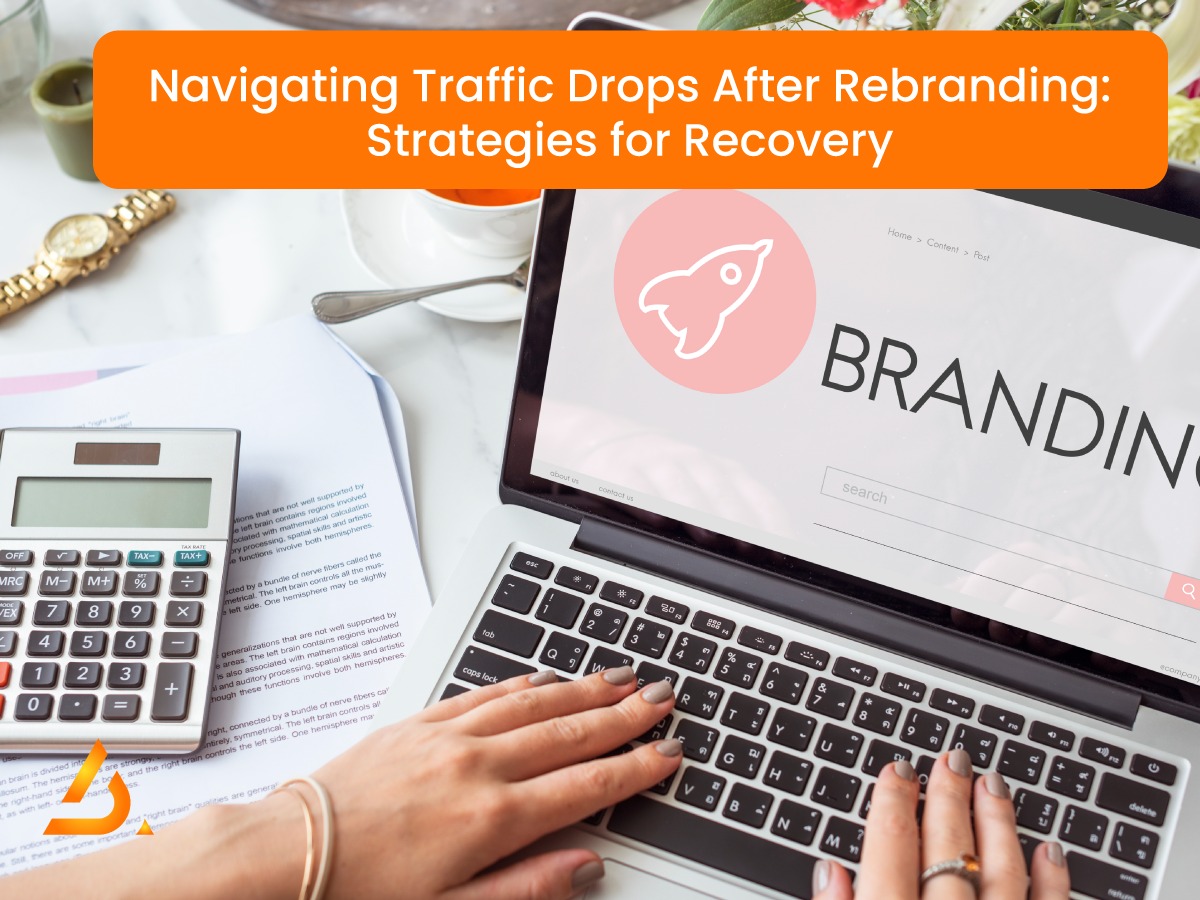Rebranding is a significant undertaking for any company, often necessitated by growth or PR challenges. As a marketer and SEO expert, you’re likely to encounter this scenario due to acquisitions, leadership decisions, or investor demands. However, rebranding efforts can sometimes lead to a decline in website traffic, causing concern among stakeholders.
In this guide, we’ll explore common situations where clients have successfully regained traffic post-rebranding. From identifying the root causes of traffic drops to implementing recovery strategies, we’ll delve into actionable steps to mitigate the impact of rebranding on your digital presence.
Understanding Traffic Drops: Identifying the Causes
The first step in addressing traffic drops post-rebranding is to identify their origins. Utilizing analytics tools, examine various traffic channels to pinpoint areas of decline. Assess traffic by channel, categorize losses, and differentiate between branded and non-branded campaigns in PPC. This comprehensive analysis lays the groundwork for devising targeted recovery plans.
Navigating URL Migrations and Domain Changes
Migrating URLs and changing domains can present challenges, often resulting in temporary traffic drops as search engines adapt to the new landscape. Proactive measures such as updating Search Console, requesting specific page crawls, and optimizing crawl paths can expedite the indexing process. Additionally, ensuring seamless redirection from old to new pages is crucial for maintaining visibility during transitions in search engine marketing.
Combining Stores: Best Practices and Considerations
Combining multiple stores under a single brand umbrella requires careful consideration to maintain SEO integrity and user experience. Whether consolidating product offerings or preserving distinct brand identities, strategic interlinking and canonicalization are essential. By aligning product descriptions and optimizing user journeys, businesses can streamline the transition process and minimize traffic disruptions.
Leveraging Affiliate Partnerships for Recovery
Affiliate partnerships present a valuable opportunity to accelerate traffic recovery post-rebranding. Engage affiliates in promotional events and collaborations aligned with the new brand identity. By leveraging affiliate networks to amplify brand messaging and drive targeted traffic, businesses can expedite the rebranding transition.
Harnessing Social Media for Trust and Engagement
Social media plays a pivotal role in building brand trust and engagement post-rebranding, especially when partnering with a reputable web design company. Leveraging influencer partnerships, launching targeted product campaigns, and fostering community engagement are effective strategies for revitalizing social presence. By aligning social media efforts with broader rebranding objectives, businesses can enhance brand visibility and credibility across digital platforms.
Bouncing Back: Strategies for Long-Term Recovery
Rebranding initiatives inevitably entail temporary setbacks, but with a strategic approach, traffic can be recovered over time. Emphasize best practices in SEO, maintain open communication with stakeholders, and prioritize user experience throughout the transition process. Remember, websites are adaptable entities, and with concerted effort, traffic losses can be mitigated, and digital presence strengthened.
Conclusion
Rebranding is a multifaceted process that requires careful planning and execution. While traffic drops may occur in the short term, proactive measures and strategic interventions can facilitate recovery and pave the way for long-term success. By addressing the root causes of traffic declines and implementing targeted recovery strategies, businesses can emerge stronger and more resilient in the wake of rebranding endeavors.




